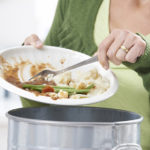There are numerous ways to utilize leftover food to save costs. Join us to learn how to deal with leftovers in a simple yet delicious and nutritious way. Let’s find out now.
1. Frozen Food
Since refreezing is one of the reasons for the growth of harmful bacteria, you should only defrost a sufficient amount of food to eat and not defrost everything. If you defrost everything, cook it all and do not refreeze the food.
When using frozen food, use the food purchased first before using the more recently purchased food, to avoid frozen food being kept too long, which will affect the taste and nutritional value.
 Frozen Food
Frozen Food
2. Fresh Produce
For fresh produce such as fish, squid, shrimp, and dried meat, you should wrap them in newspaper or foil, put them in a plastic bag, and place them in the refrigerator to prolong their freshness. For leftover beef, pork, chicken, and duck, you can cut them into small pieces, mince them, and use them in dishes such as meatballs, stuffed tofu, or stir-fries with vegetables, which are less oily, not too rich, and healthy.
In general, when storing food in the refrigerator, it is best to keep them separately and tightly wrapped to maintain their quality. This way, if one food item is contaminated, infected, or rotten, it will not affect the other food items.
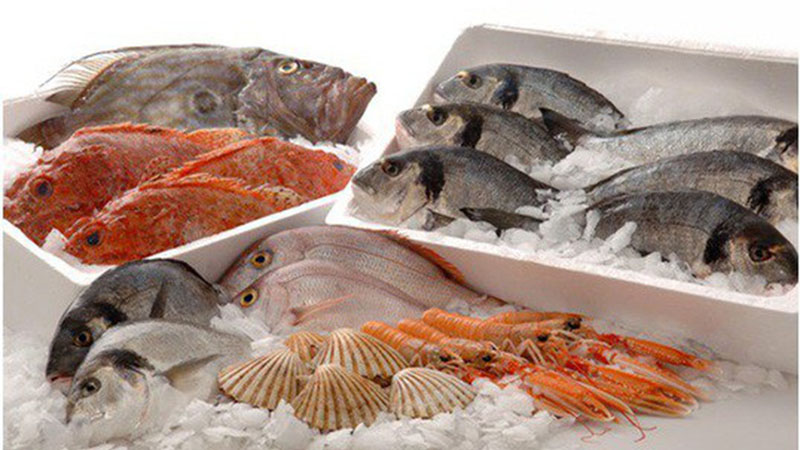 Fresh Produce
Fresh Produce
3. Fresh Vegetables and Fruits
Watermelon Rind
 Watermelon rind can be used to make delicious pickles
Watermelon rind can be used to make delicious pickles
Usually, we throw away the rind, but did you know that it is edible and can be very tasty? Watermelon rind is similar to cucumber, very juicy, and contains many beneficial nutrients. You can peel off the hard outer layer and use the white part of the rind to make pickles.
Cauliflower Leaves
 Cauliflower leaves can be used to make soup or stew
Cauliflower leaves can be used to make soup or stew
Cauliflower leaves are rarely used as food, but they are surprisingly nutritious, containing vitamins, fiber, and minerals. They are delicious and commonly used in soups or stews.
Pumpkin Flowers
 Pumpkin flowers can be used in various dishes
Pumpkin flowers can be used in various dishes
Pumpkin flowers are a popular ingredient in many Vietnamese dishes, but they are often discarded in other parts of the world. They can be stir-fried, added to soups, or used in hot pots, creating wonderful flavors.
Carrot Peel
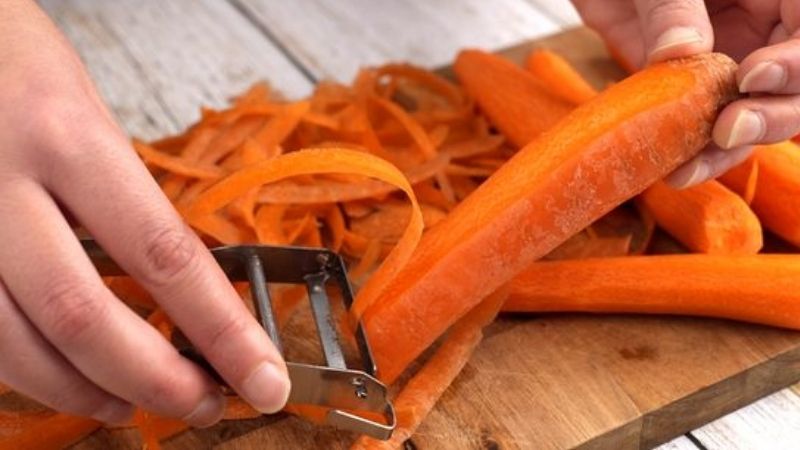 Carrot peel can be used in various dishes
Carrot peel can be used in various dishes
Typically, people peel carrots before cooking, but this leads to wasting a delicious and nutrient-rich part of the vegetable. Before peeling, wash the carrots, then use the peel in stir-fries with noodles or chop it finely to add to porridge, enhancing the flavor and texture of the dish.
Cabbage Core
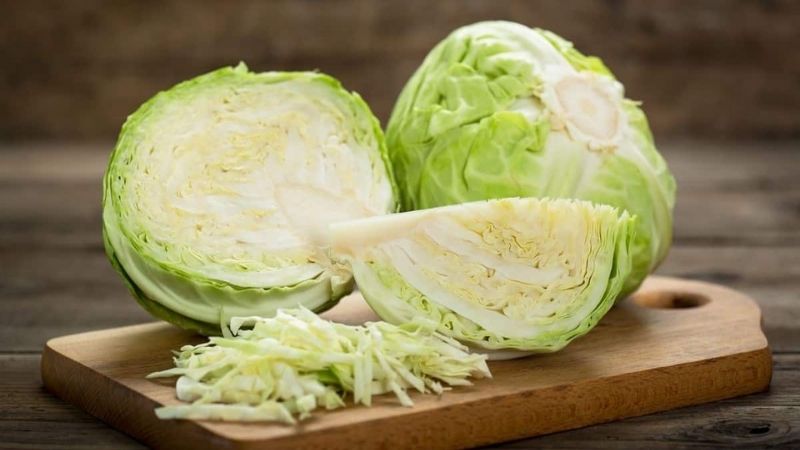 Cabbage core is a nutritious food
Cabbage core is a nutritious food
Like cauliflower leaves, the core of a cabbage is often discarded. It tends to be tough and sour, but if you cut away the outer layer, you’re left with a fresh and tasty core. You can mix it with potatoes, cauliflower, or squash when cooking, or shred it and make a salad, adding a nutritional boost to your meal.
Strawberry Stems and Leaves
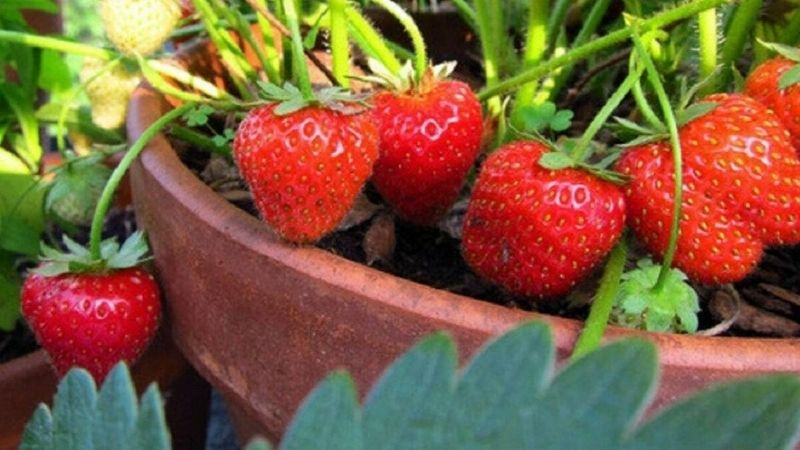 Strawberry stems and leaves can be used in smoothies
Strawberry stems and leaves can be used in smoothies
Strawberry stems and leaves are often discarded because people think they are inedible. However, they are rich in nutrients, antioxidants, anti-inflammatory properties, and support cardiovascular health. If you don’t want to eat them directly, you can blend them into a smoothie for a nutritious boost.
Banana Peel
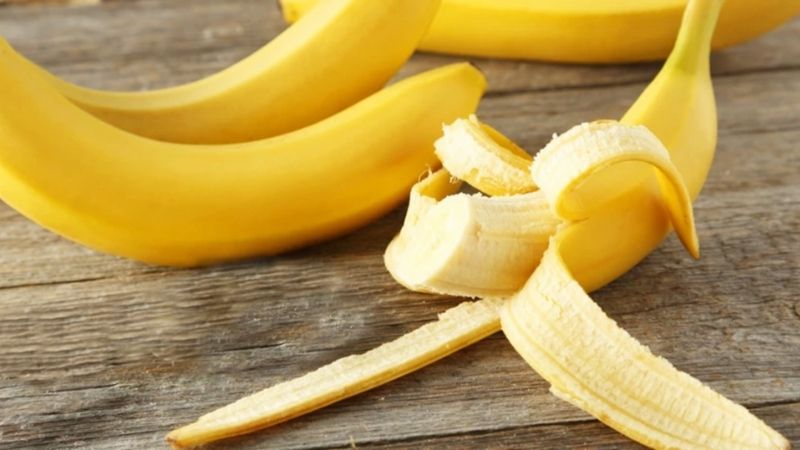 Banana peel can be used in various dishes
Banana peel can be used in various dishes
Many people think that banana peels are useless because they are bitter and tough when raw. However, if prepared correctly, they become a source of calcium, fiber, and potassium. You can wrap plantains in banana leaves and bake or steam them. These dishes will be incredibly tasty, and even children will love them.
Overripe Avocado
 Overripe avocado can still be used in dishes
Overripe avocado can still be used in dishes
Overripe or bruised avocados are often discarded in markets and supermarkets. However, as long as the avocado hasn’t turned completely brown and mushy, it’s still edible and even softer and tastier. You can use overripe avocados in various dishes to add a creamy texture and rich flavor.
4. Other Foods and Dishes
Instead of reheating and forcing your family to eat leftovers, combine them with vegetables, noodles, or rice vermicelli, and use different cooking methods to create new dishes and vary the flavors. This way, your family will enjoy the leftovers without even realizing it.
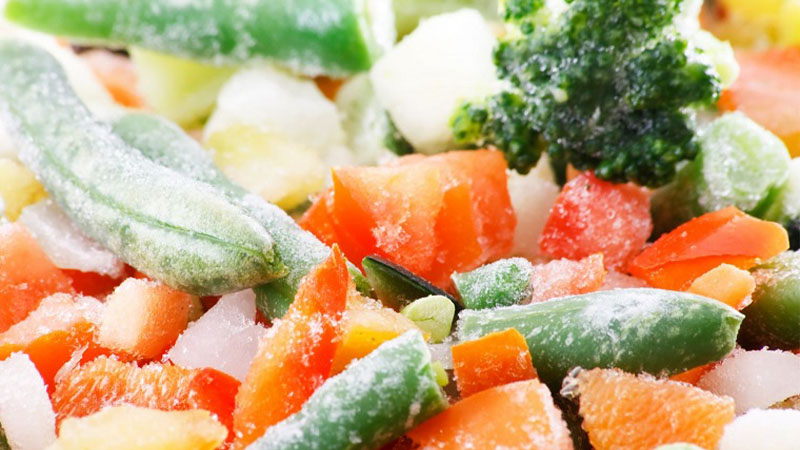 Other Foods and Dishes
Other Foods and Dishes
Reference:
The above are simple ways to utilize leftovers while still ensuring delicious and nutritious meals. You can refer to these methods to save on shopping costs for your family. Hopefully, this information will be helpful to you.
– Leftover chicken or turkey: Make a pot pie, soup, or sandwiches with a variety of toppings.
– Leftover vegetables: Toss them in a stir-fry, make a frittata, or blend them into a tasty soup.
– Leftover rice: Fry it up with eggs and veggies for fried rice, or use it as a base for a rice bowl with proteins and sauces.
– Leftover pasta: Toss it with some olive oil, vegetables, and herbs to make a pasta salad, or bake it into a pasta casserole.
– Leftover bread: Cut it into cubes and toast them to make croutons, or blend it into bread crumbs. You can also soak it in an egg mixture to make French toast.

























